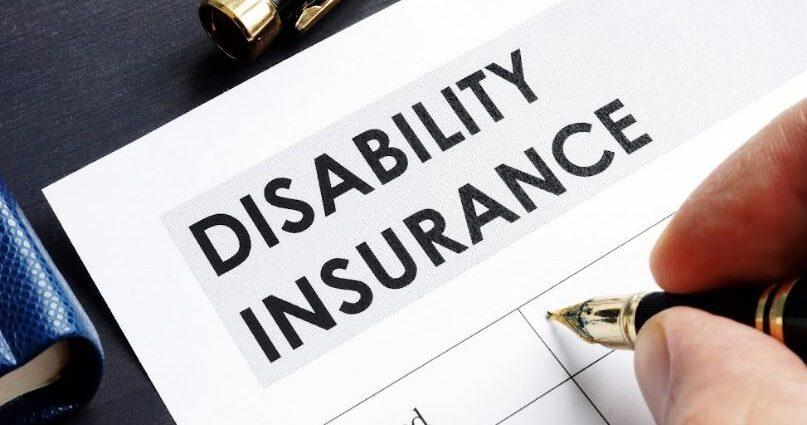Workplace injuries happen more often than you think. According to the United States Bureau of Labor Statistics (BLS), over 2.65 million employees suffered from non-fatal illnesses and injuries in 2020, causing more than 1.1 million days of work absences.
A disabled worker can file for Workers’ Compensation benefits and Social Security Disability Insurance (SSDI) claims depending on the circumstances. The employer pays Workers’ Compensation benefits if deemed liable for your injuries. Benefits cover medical bills, rehabilitation costs, and typically a portion of an employee’s salary for a short period.
Meanwhile, SSDI claims are paid for by the state and cover income losses of those who can’t work, or can no longer perform their tasks due to disability. If you get injured at work, filing an SSDI claim can help you cover lost income opportunities for several months or years. Here’s how to kick start your application.

1. Check Your Eligibility
Workers who’ve gained enough Social Security tax credits and developed occupational injuries are qualified to file a disability claim. Work credits are calculated based on the yearly income amount. As of 2022, for instance, a worker earns one credit for every USD$1,510 salary. Eligible workers are typically those who’ve worked for at least one and a half years to over nine years, depending on their age.
To qualify for SSDI benefits, an individual must have developed certain forms of disabilities and illnesses that could prevent them from performing basic work tasks for at least one year, including those who have serious health issues. Besides limited physical and cognitive functions, the disability must be long-term. If approved, benefit payouts often last until a disabled employee can work again. However, this is subject to periodic medical reviews.
2. Get Your Documents Ready
If you’re eligible to file an SSDI claim, it pays to act fast, and be prepared with all the necessary documents related to your illness or disability. Keep in mind that incomplete documents often cause delays. When you apply at the Social Security Administration (SSA), prepare identification papers, including those of your children and spouse.
Moreover, your proof of income documents such as tax payment forms and bank account details, as well as your medical records, are crucial. Likewise, you’ll need to show your work history papers and all the benefits that you’ve received from private and government agencies. Additionally, you’re obliged to cite payments from your employer’s liability insurance or Workers’ Compensation benefits.
3. File Your Application Online Or Seek An Appointment
You can choose online or personal filing for your disability benefits before the SSA. The agency, however, recommends online processing to cut the application time in half. All you have to do is check the SSA website and create or log on to your account if you already have one.
If a digital application isn’t possible, call the agency to schedule a traditional interview. Have a completely filled up application form and Medical and Job Worksheet along with other required documents. A representative from SSA will either meet with you in the nearest SSA office or speak to you over the telephone.
For added guidance, the SSA website has a checklist that all applicants can refer to whether they opt for face-to-face, telephone, or online applications.
4. Wait For the SSA’s Response
You can wait for at least one month for updates, or you can check your application status online. If it lasts for more than a month, you can opt to call the agency for a follow-up. Speaking directly with the staff helps you understand the process better.
Upon receiving your documents, the agency will refer you to their experts who’ll assess every disability claim. These seasoned medical and vocational professionals will contact the claimant’s physicians to understand the disability and its effect in your life.
Depending on the complexity of the case or the time it takes to complete your medical records, a decision may take as early as one month or as late as one year. The average waiting time is anywhere from three to five months. If your SSDI claim is approved, expect to wait five months more before receiving your initial SSDI benefit.
5. File An Appeal
It’s said that a considerable number of disability benefit claims get disapproved by the SSA. There are several reasons for SSDI claim rejection. If your claim gets initially turned down, you can file to request reconsideration. At this stage, it may be beneficial to hire a lawyer who can help you understand why the SSA rejected your claim and how you can improve your second application. It takes about four months for the SSA to come up with a decision for this request.
Final Thoughts
Filing disability claims shouldn’t be daunting, especially for injured workers who are already experiencing mental anguish and stress. With this guide and perhaps a skilled legal counsel, you’ll be able to apply for state benefits without worries and receive compensation as provided by the law.
